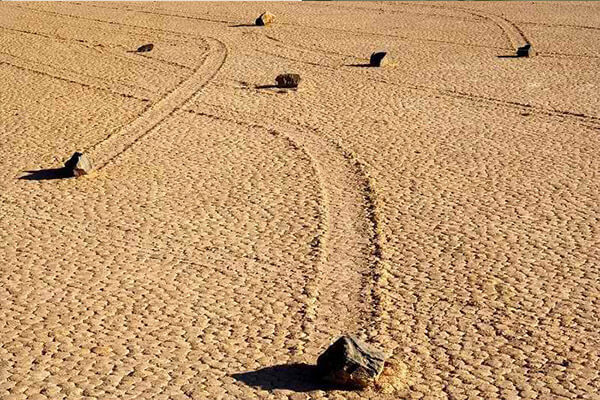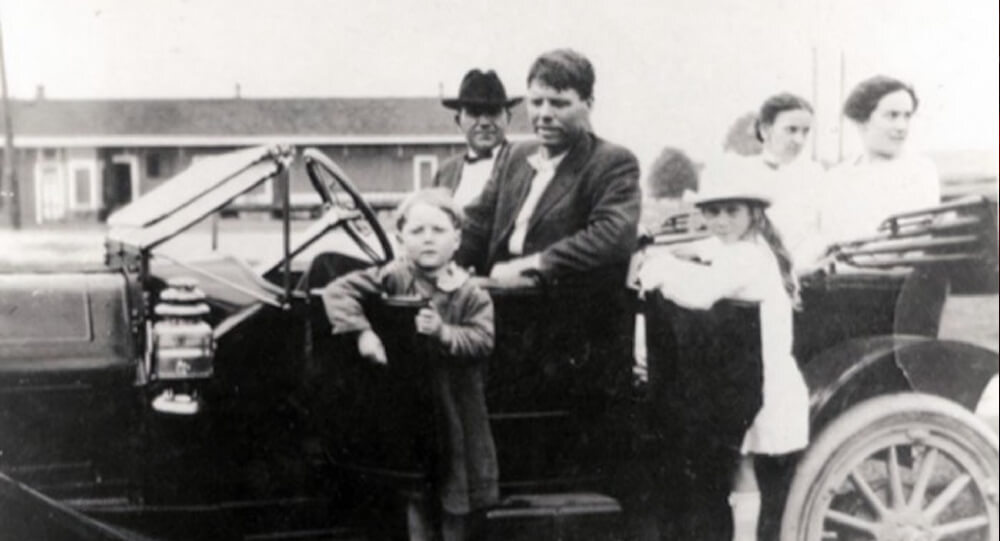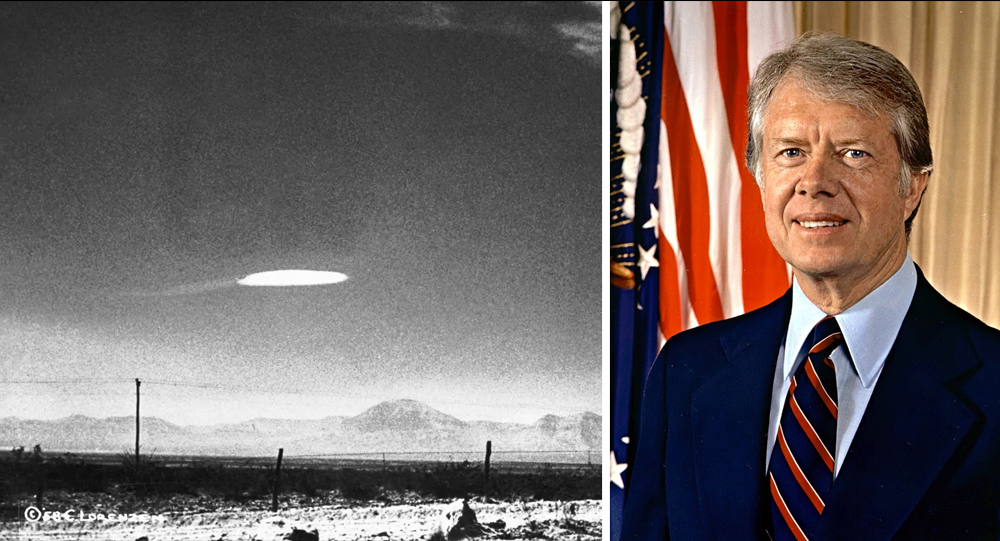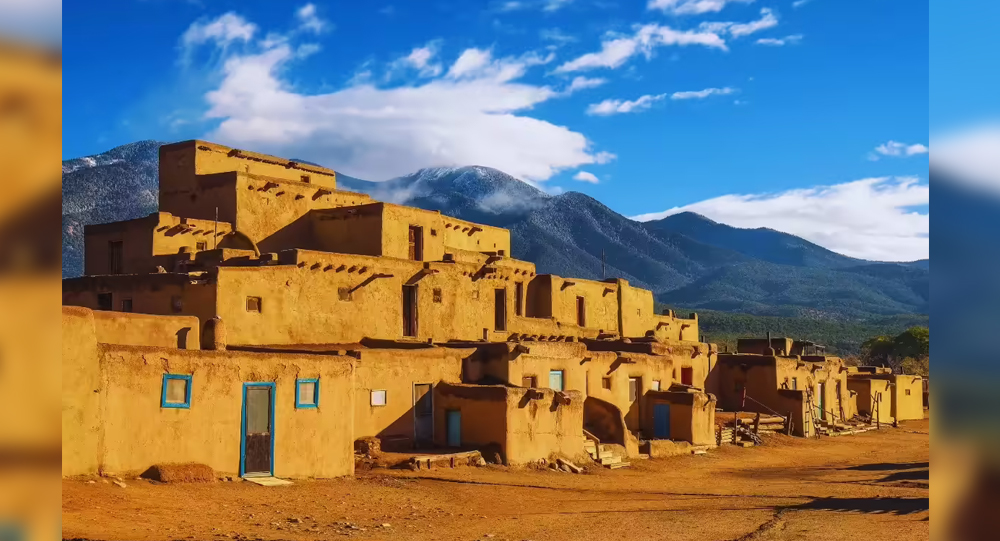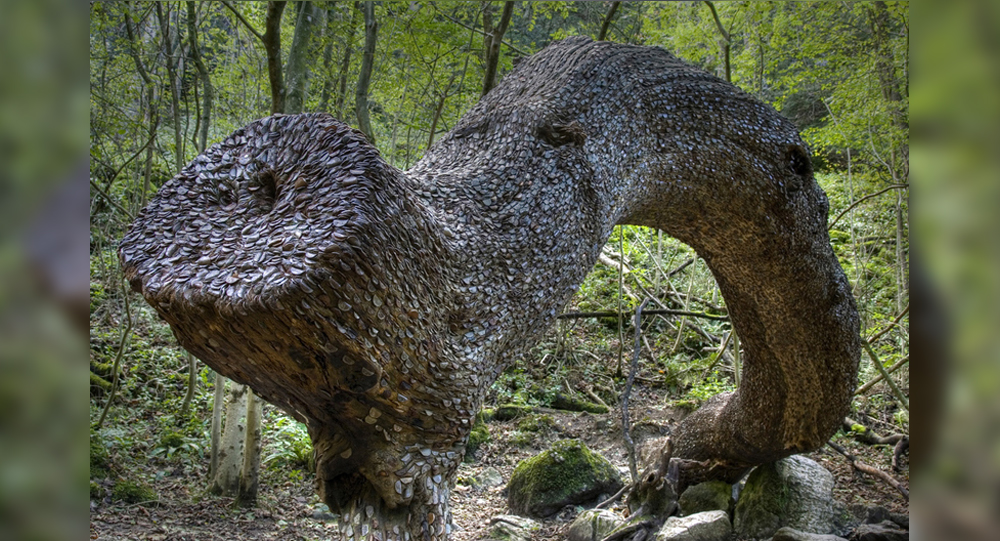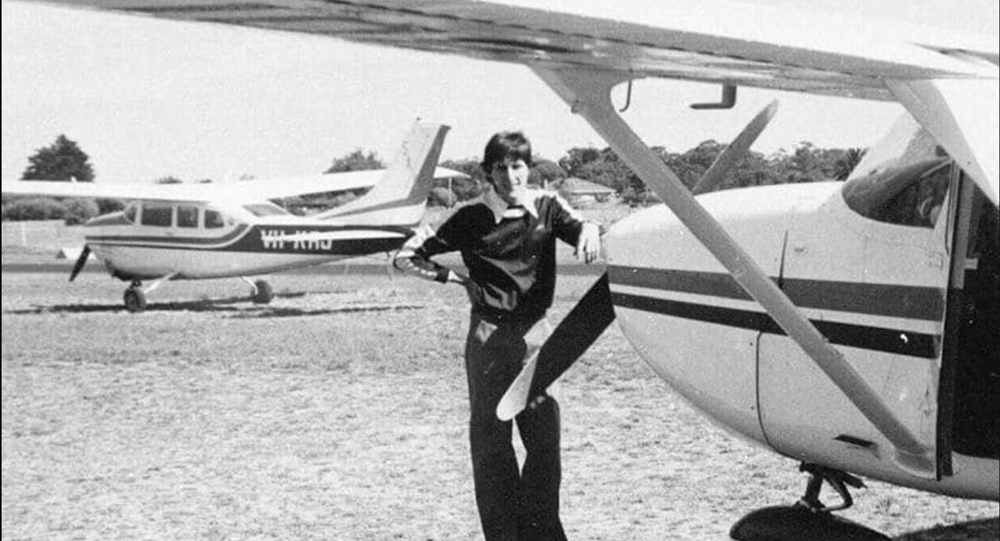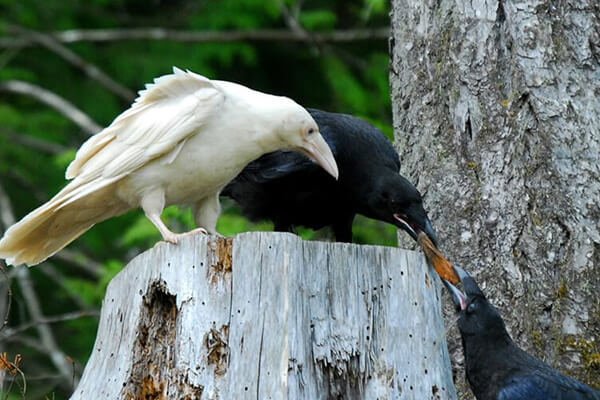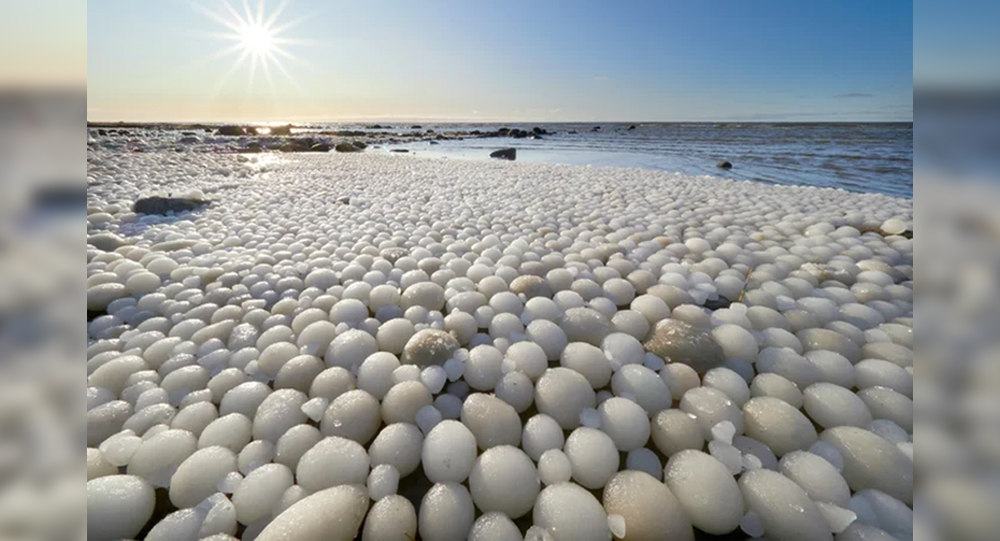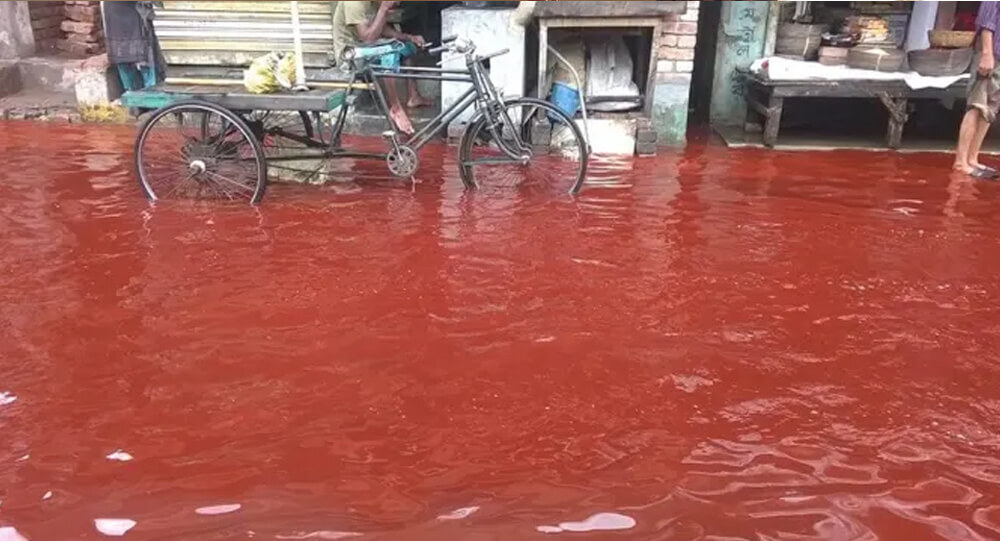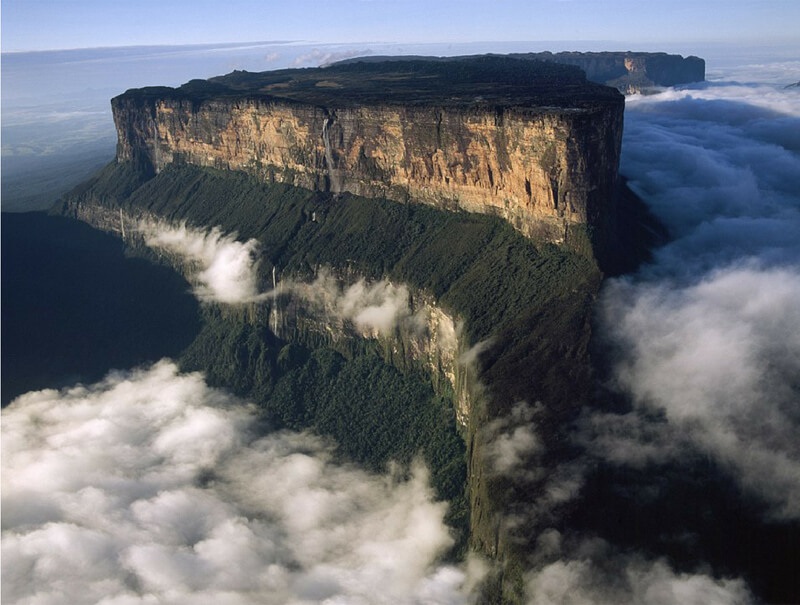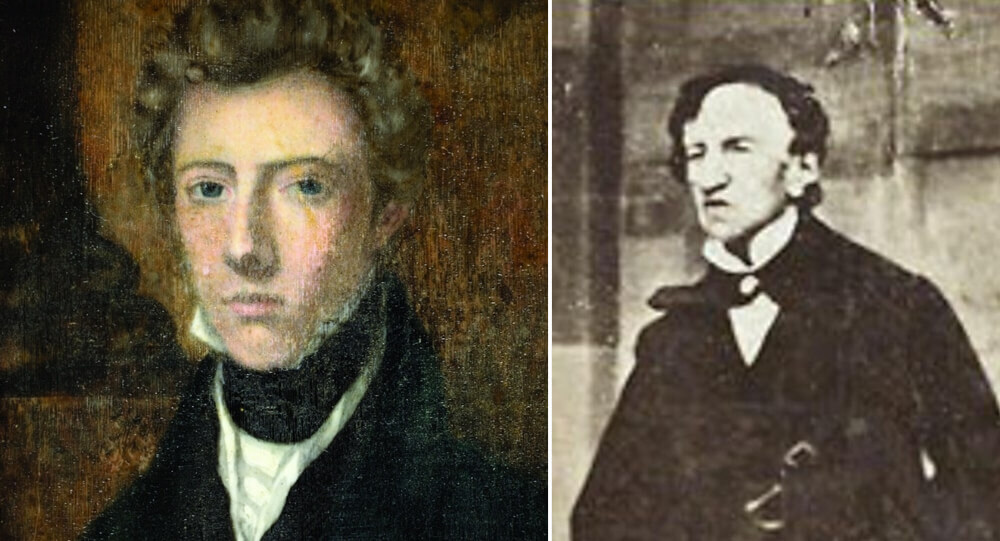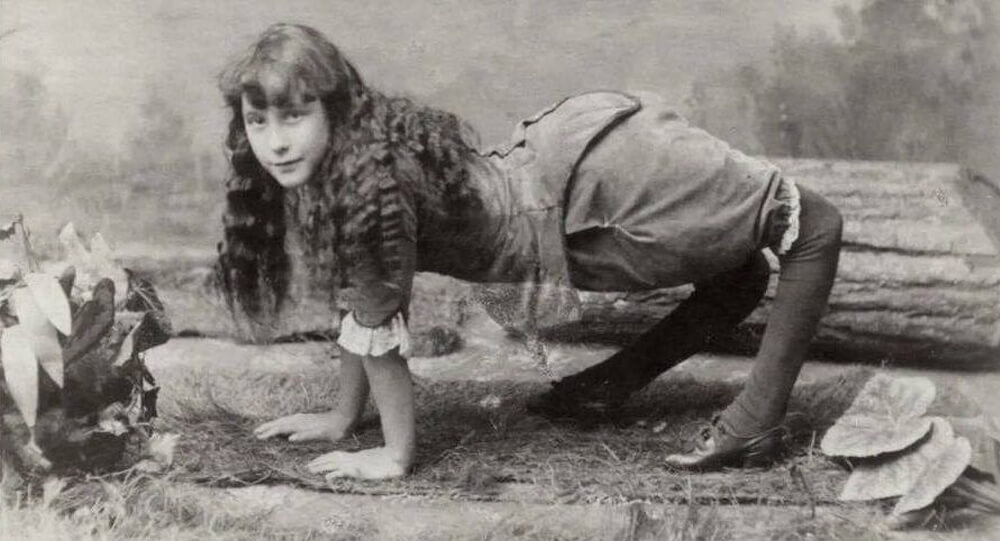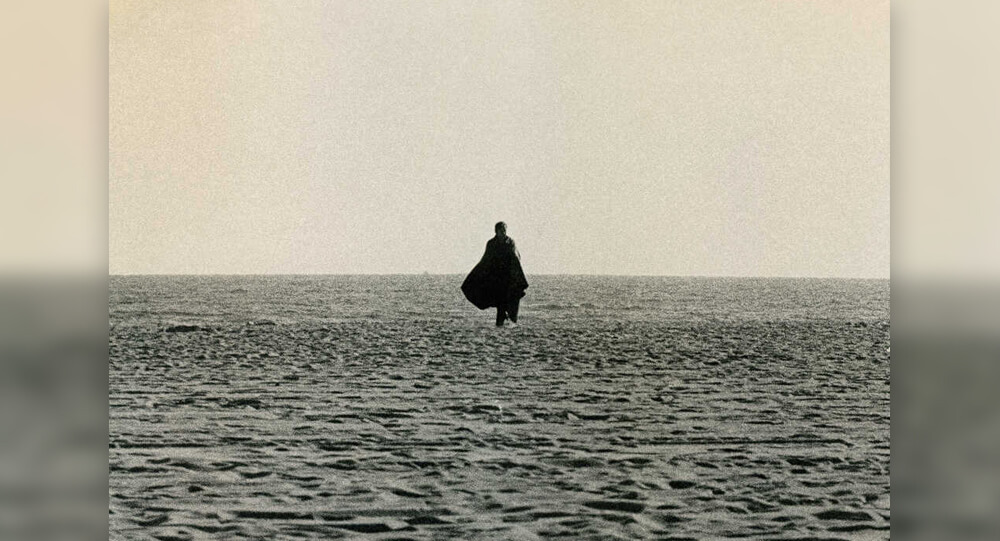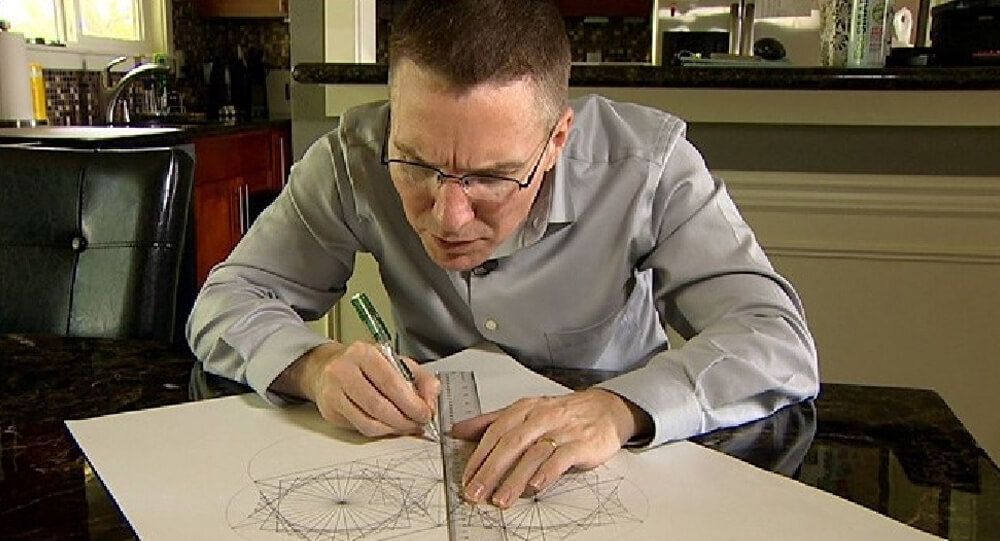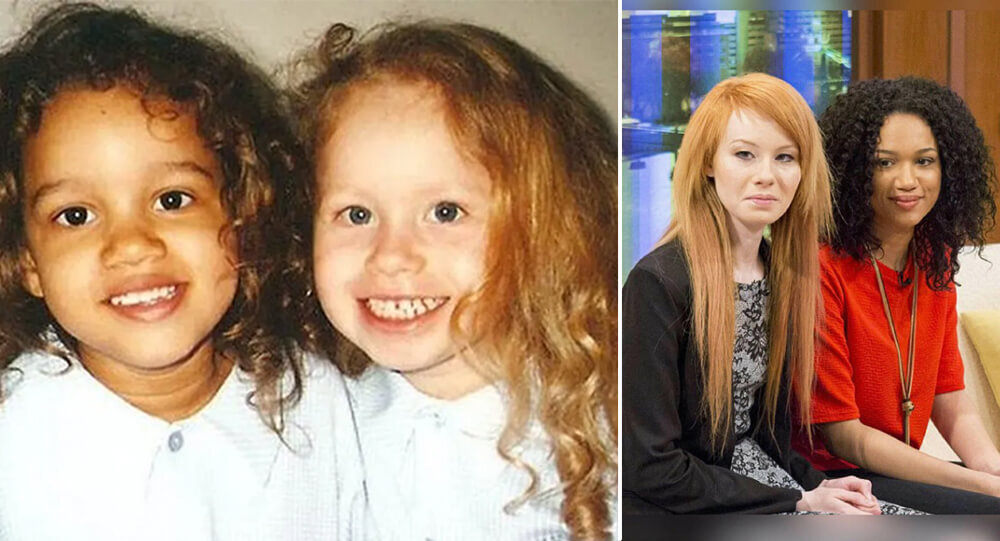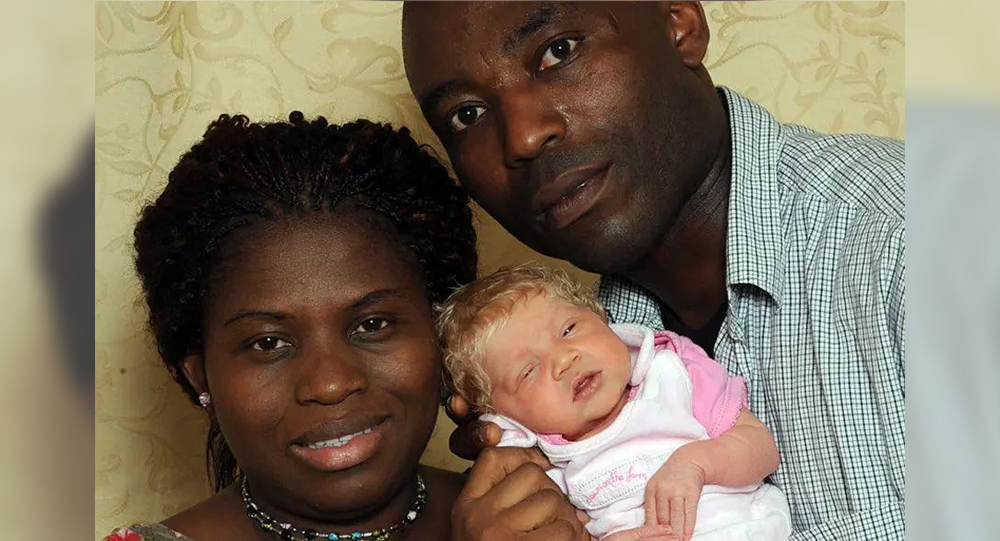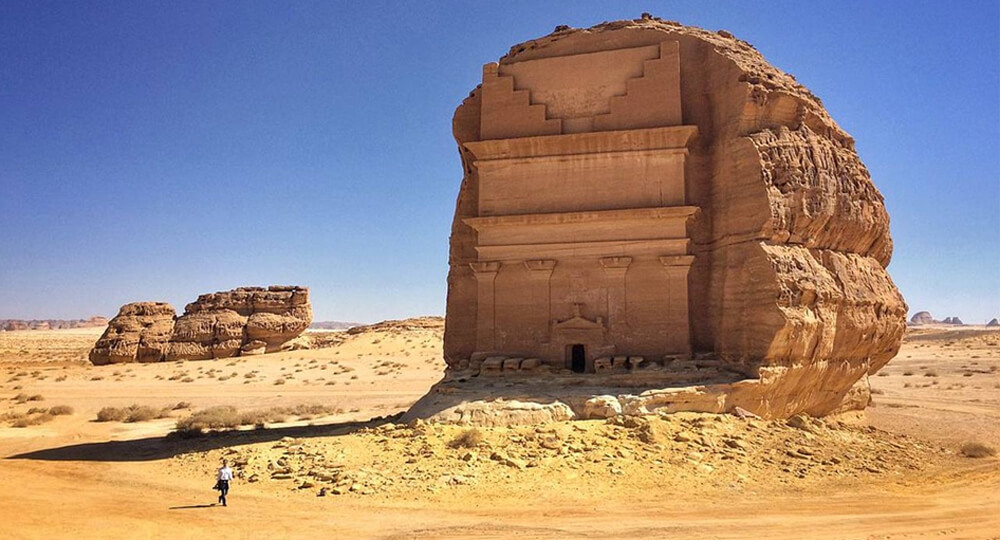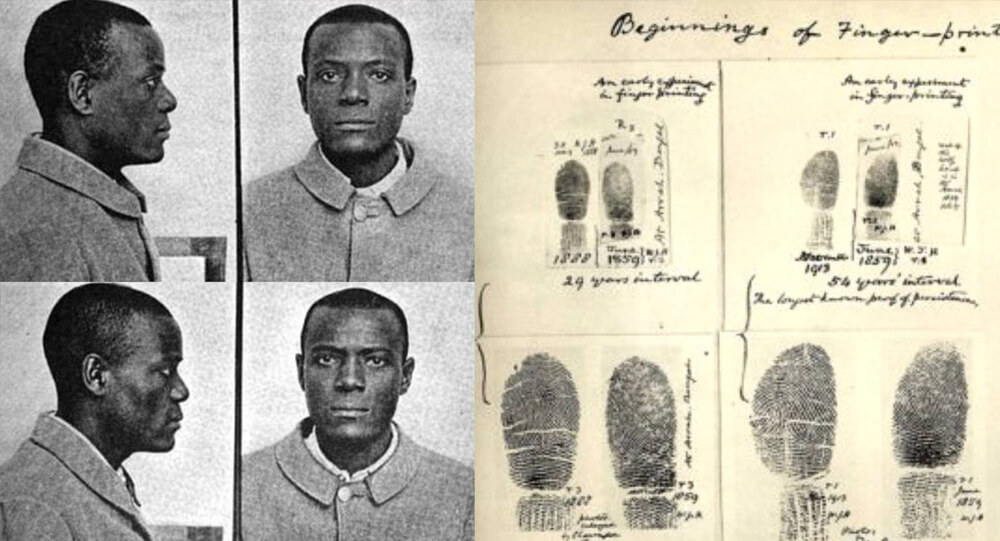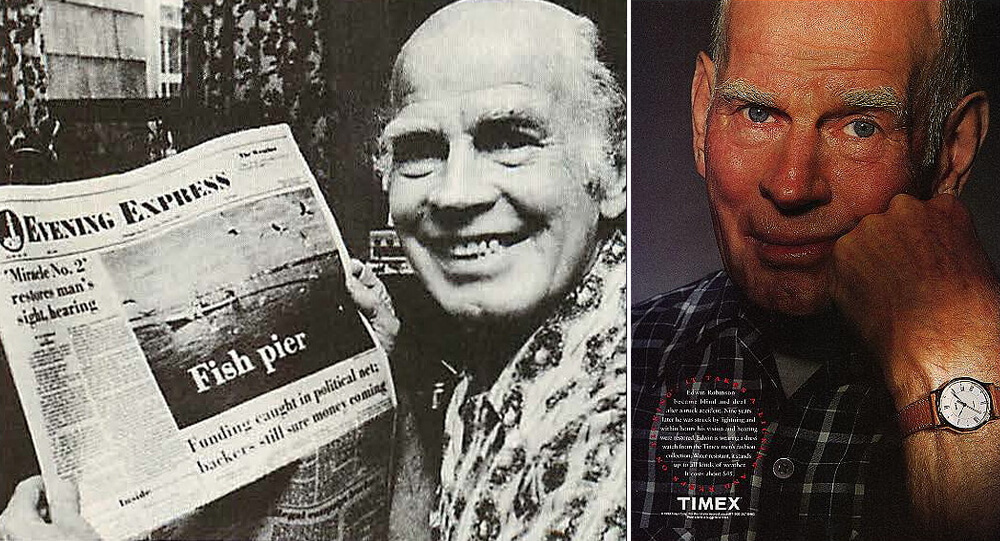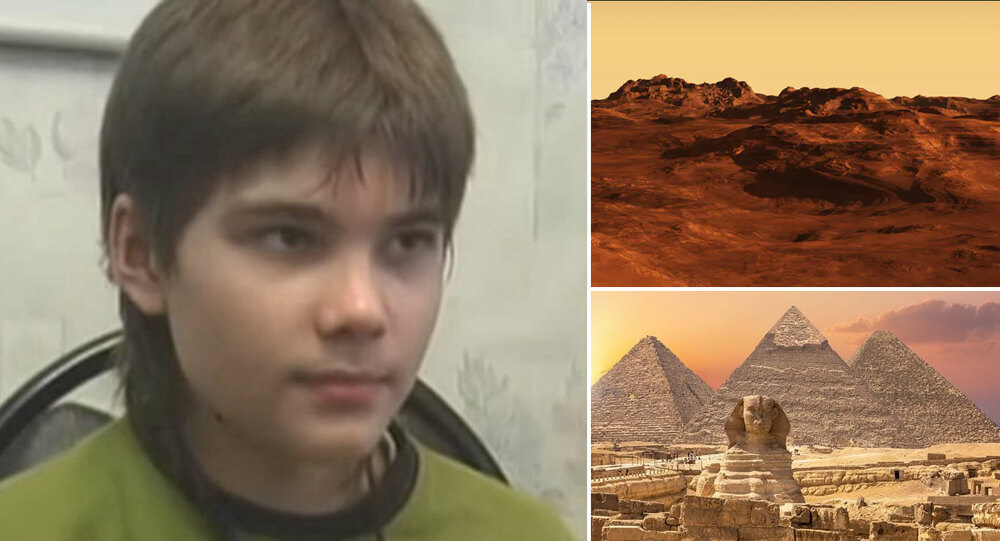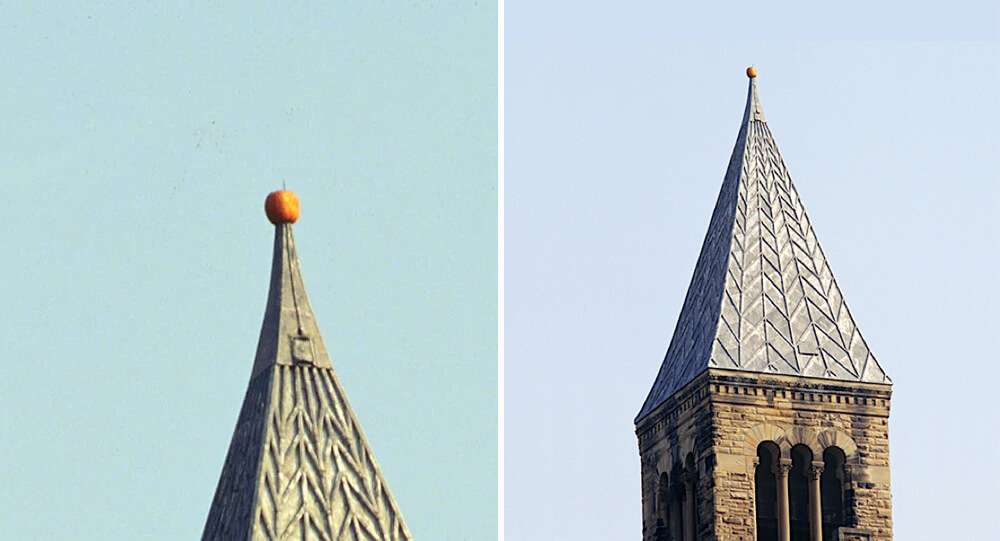
A large pumpkin impaled on the spire 173 feet up caught the attention of Cornell students, faculty, and staff who were strolling by McGraw Tower on a brisk autumn morning on Wednesday, October 8, 1997.
The pumpkin remained atop McGraw Tower for 158 days, enduring a grueling fall, a severe winter, and a brief spring. Two questions were posed by Cornellians: Whodunit? Is it true?
No one was aware.
Like swim tests, Dragon Day, or commemorating Theodore Zinck, Cornell history is intricately linked to the mystery surrounding the pumpkin.
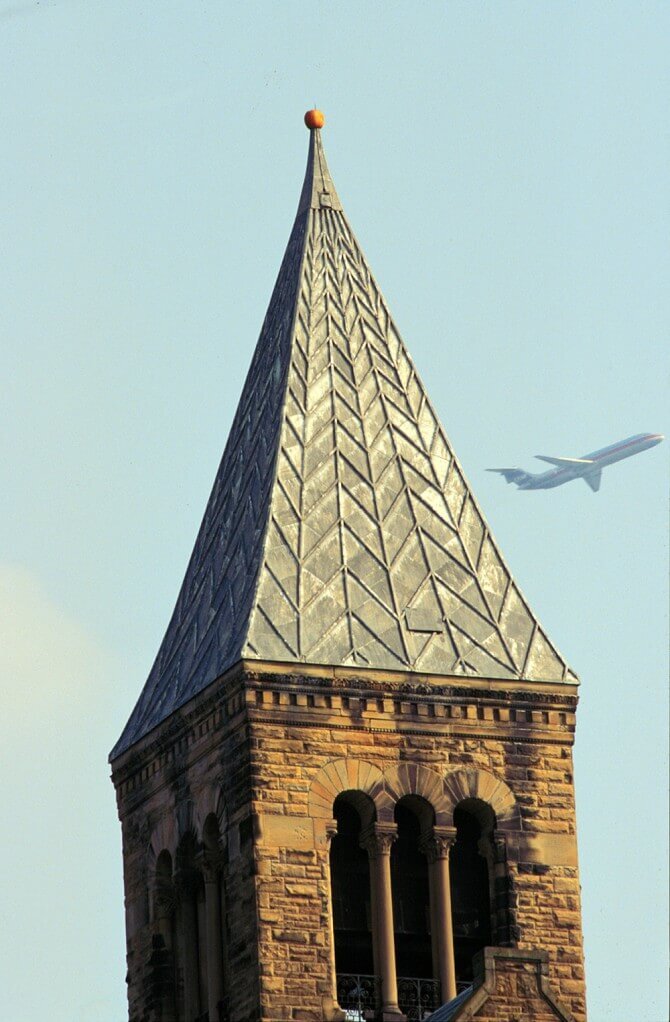
Thanks to coverage in The New York Times in late October, word of the practical joke gained long-lasting notoriety. Until Halloween, the Cornell Daily Sun published a daily “Pumpkin Watch” feature. Additionally, Matt Lauer conducted a live campus interview with Sun Editor-in-Chief Hilary Krieger ’98 for the “Today” show. A pumpkin-themed story and photo from the Associated Press made their way into hundreds of newspapers. Radio interviews were accepted from all around the country by the Cornell News Service, which was the forerunner of the Media Relations Office. MTV and CNN both ran reports.
Playfully, the campus lost its mind. Pumpkin lyrics for the Alma Mater were created by Cornell Chorus and Cornell Glee Club. A webcam from Olin Library provided live images 24 hours a day, which was new at the time.
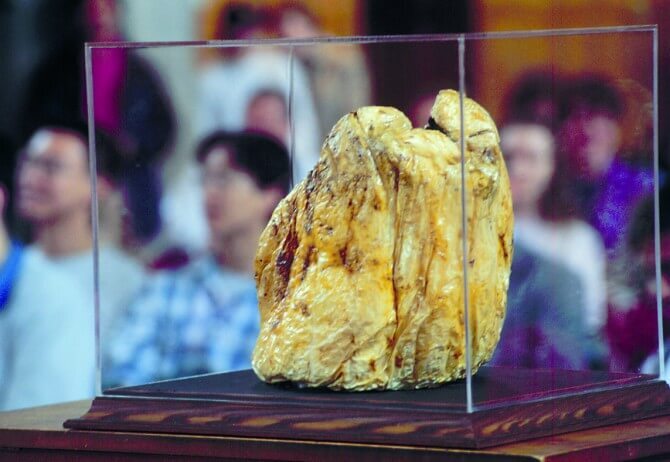
The university constructed scaffolding to repoint the mortar on McGraw Tower in January 1998, after a century. The partially rotten pumpkin remained intact.
Provost Don M. Randel organized a competition for students to judge whether or not the pumpkin was real early in the spring semester.
Pumpkin samples were snared by physics majors Jon Branscomb ’98, Eldar Noe ’98, Fred Ciesla ’98, and Samuel J. Laroque ’98 using a remote-controlled balloon and some Rube Goldberg creativity. They discovered that the cored gourd provided ventilation, enabling the pumpkin to dry naturally while writing a thirty-page report. According to the report, it had turned into “a leathery husk, that could cling to the spire for decades.”
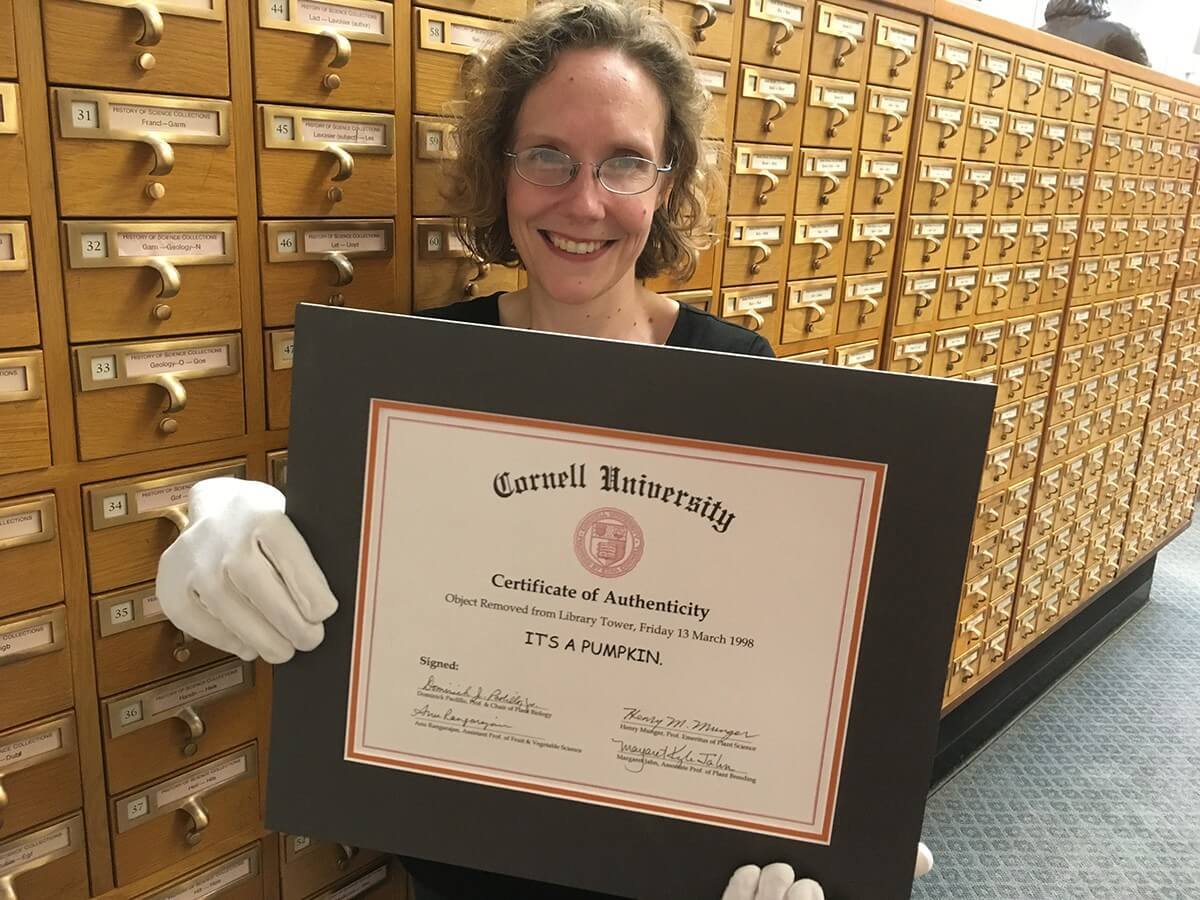
The media excitement persisted. The Chorus and Glee Club sang, “Far above Cayuga’s waters, with its waves of blue, stands our noble orange pumpkin, glorious to view,” during a feature report about the pumpkin that aired on ABC News’ “World News Tonight” in March. The lyrics were displayed at the bottom of the screen, and viewers could follow along with a bouncing pumpkin.
Randel was supposed to climb McGraw Tower in a gondola lifted by a crane on Friday, March 13, 1998, in order to get the pumpkin.
The group won top prize of $250, and each team member was given a signed lithograph of Charles Schulz’s “The Great Pumpkin” cartoon and a Cornell pumpkin T-shirt.
For the removal, Cornell faculty, staff, and students congregated in Ho Plaza. Many wore celebratory pumpkin T-shirts, Cornell dairy served pumpkin ice cream, and staff members created cakes shaped like pumpkins and the tower.
Related Topic You Might Find Interesting:
- Death Valley’s sailing stones mystery SOLVED
- The mysterious GIANT spherical stones
- Poland’s Krzywy: The Mysteries of the Crooked trees
However, mishaps with pumpkin parties do occur. A gust of wind caused the gondola to crash into the pumpkin during the crane test, breaking it and sending it smashing onto the scaffold planks, frozen solid from the previous night’s chill.
Following the pumpkin’s removal from the scaffold, Randel appointed John Kingsbury, a plant biologist, to head a commission to investigate it.
The culprits behind the pumpkin haven’t come to light twenty years later. However, in April 1998, the issue of whether the gourd was real was settled. The Kingsbury commission verified the object with a fitting fanfare in the Memorial Room of Willard Straight Hall, summarizing it in four words: “It is a pumpkin.”

Death Valley’s sailing stones mystery SOLVED
The mysterious "sailing stones" of Death Valley have confused experts for years. The massive stones appear to travel over the dried lake bed known as Racetrack Playa in California's Death Valley National Park, leaving a path in the cracked mud behind them.

The Unsolved mystery of Bobby Dunbar's Disappearance
In 1912, a four-year-old boy named Bobby Dunbar went missing on a family trip, 8 months later he was found and reunited with his family. Nearly a century later, DNA testing of his descendants revealed that the child reunited with the Dunbar family was not Bobby, but rather a boy named Charles (Bruce) Anderson who resembled Bobby.

Jimmy Carter Once Promised to Release UFO Files—Here’s Why He Didn’t
During his 1976 presidential campaign, Jimmy Carter declared a bold intention: if elected, he would make all government UFO information available to the public. A man who openly admitted to having seen a UFO himself, Carter embodied a promise of transparency on one of the most controversial subjects of the Cold War era. However, once in office, Carter found powerful obstacles and, citing "national security concerns," chose not to release the files. This article unpacks Carter’s famous guarantee, the political realities he faced, and the enduring mystery surrounding government UFO secrecy.

What Is the Taos Hum? The Strange Low-Frequency Noise Heard in New Mexico
Since the early 1990s, residents of Taos, New Mexico, have reported hearing a mysterious low-frequency noise called the "Taos Hum." This strange, persistent buzzing or droning sound is only audible to a small fraction of the population and has baffled scientists and locals alike. Despite extensive investigations, the source of the Taos Hum remains unresolved, making it one of the most intriguing acoustic mysteries in the modern world.

The Mystical Money Tree of the Scottish Highlands: A 1,700-Year-Old Tradition
In the Peak District Forest of the Scottish Highlands in the UK, there is a unique tree which is laden with only money. This tree laden with money has been studded with British coins for 1700 years, there is no corner of its trunk where a British coin is not stuck.

The Mysterious Disappearance of Frederick Valentich: Australia’s Most Baffling Aviation Enigma
In 1978, Pilot Frederick Valentich and his plane disappeared in Australia. His last communication was “Melbourne that strange aircraft is hovering on top of me again… (two seconds open microphone)… it is hovering and it’s not an aircraft…”

10 Rarest and Albino animals you haven’t seen
For centuries, people have been fascinated and enchanted by the ghostly appearances of abnormally white animals. People have loved albinos and other unusually white animals so much that they may be helping to increase their numbers, despite the difficulties these animals face in the wild. While these unusual animals did not win the genetic lottery, they have persevered in the face of adversity.

The Forgotten Story of Marilyn Monroe’s Stolen Dress That Returned Years Later
One of Marilyn Monroe’s most iconic gowns vanished mysteriously, disappearing into the shadows of Hollywood history. This garment, often regarded as a symbol of glamour and tragedy, slipped away for decades before resurfacing under enigmatic circumstances. Whispers of underground auctions, secret collections, and ghostly legends hint at a fascinating and almost cinematic journey for a dress that once captivated a nation. This article uncovers the intriguing saga of Marilyn Monroe’s stolen dress, tracing its path back into the public eye and exploring its lasting cultural significance.

Thousands of Rare "Ice Eggs" Blanket Finnish Beach in Spectacular Natural Phenomenon
Thousands of ice balls recently covered a beach in Finland, a rare phenomenon caused by wind and waves sculpting pieces of ice into smooth spheres. These "ice eggs" can vary in size from chicken eggs to soccer balls and have also been spotted in other cold regions globally.

Mystery SOLVED: blood Rain in India
The dissemination of spores of microalgae has been identified as the origin of the 'Blood Rain' phenomena, according to a new study by Indian and Austrian experts. Since 1896, reports of intermittent red-colored rain in portions of Kerala and Sri Lanka have been coming in. The most recent one occurred in 2013 over Kerala.

Top 10 Mysterious And Least Explored Places On Earth
Some people believe that there is nothing unexplored remaining on earth but the world doesn't cease to surprise us with its mysteries. Today I'll tell you about the lost places of the planet and animals that live only there.

The mysterious secret of Dr James Barry
Before women were allowed to enroll in medical school, Margaret Ann Bulkley studied medicine and assumed the identity of Dr. James Barry for 56 years while dressing as a man. After 46 years of service as an army doctor officer, her secret was not made public until after her death in 1865.

The Heartbreaking Story Of Ella Harper, The ‘Camel Girl’
Ella Harper, Professionally known as the “Camel Girl” was born with a rare orthopedic condition that cased her knee to bend backward. Due to this condition, had to walked on all four legs, which resulted in her nickname as “Camel Girl”. Tough it was hard at first, but soon she made a fortune out of it.

Jim Sullivan's Mysterious Masterpiece: 'U.F.O.'
In 1969, a musician named Jim Sullivan recorded an album titled "UFO" which featured a song about him being abducted by aliens in the desert. Years later, Jim disappeared and his car was found abandoned in middle of New Mexico desert. His body has never been found.

Jason Padgett: Became a Math genius after head injury in a robbery
Fate has no place in mathematics, yet fate played a role for Jason Padgett and his new fame for being a mathematical genius

Sandy Island: The Phantom Island That Fooled Maps and Google Earth for Centuries
Sandy Island, charted since 1774, was long considered a phantom island in the Coral Sea. Despite appearing on maps and Google Earth, it was "undiscovered" by scientists in 2012, revealing only deep ocean instead of land. The island's existence was likely a cartographic error or a misidentified pumice raft.

Lucy and Maria The Biracial Twin Sisters with Rare Black and White Skin Colours
Lucy and Maria Aylmer are twins, but they have a hard time to convincing people. Even though they have mixed-raced parents, their mom was still shocked when the midwife handed her babies she’d expected to look alike, but were complete opposite.

The Miracle Baby: Nigerian Couple in the UK Welcomes a Rare Blonde, Blue-Eyed Child
A black, Nigerian couple living in the U.K. gave birth to a white, blonde, blue-eyed baby that they call the "miracle baby."

Qasr al-Farid, the Lonely Castle of the Nabataeans
The remote tomb of Qasr al-Farid, situated in the Saudi Arabian desert, dates back to the 1st Century CE. It was built by the Nabataean people, who also built Petra in Jordan. This site has remained largely undisturbed.

Will & William Wests: The puzzling situation of two inmates who are identical but not related
These are the mugshots of Will West and William West, and they are not related. They were both sent to Leavenworth Prison at the same time, in 1903, and after some confusion, the staff understood they had two different prisoners with the nearly same name, who looked exactly alike. They are part of the reason fingerprints are now used as identification.

Lightning bolt restores man’s sight and hearing.
In 1980, an old blind and partially deaf man, Edwin Robinson, was struck by lightning. He suffered no injuries, but the impact of the lightning bold cured his vision and hearing.

The story of a boy who claims to be on Mars: Boriska Kipriyanovich
Boriska Kipriyanovich, who lives in Volgograd, Russia, claims he lived on Mars before being resurrected on Earth on a mission to redeem humanity. What we know about him is as follows:

The Mystery of the Dancing Forest: Reasons behind the unusual wonders of forest
The Dancing Forest in Russia is noted for its unusually twisted pine trees. The trunks of these trees are contorted into spirals, rings, and other squiggly loops, but the reason for this malformation is still a mystery.

The 1978 Lufthansa Heist: Unraveling the Mystery of America's Most Infamous Airport Robbery
During the 1978 Lufthansa heist, robbers infiltrated JFK Airport, restraining employees and holding a night guard hostage. They escaped with $5.9 million—worth over $27 million today. The crime, linked to the Lucchese crime family, remained unsolved for decades, with most suspects vanishing

Poland's Krzywy: The Mysteries of the Crooked trees
In Poland, there is a forest with 400 crooked trees that have a 90-degree bend at the base of their trunks. Despite of numerous possibilities, the real reason and how it evolved remain a mystery.

